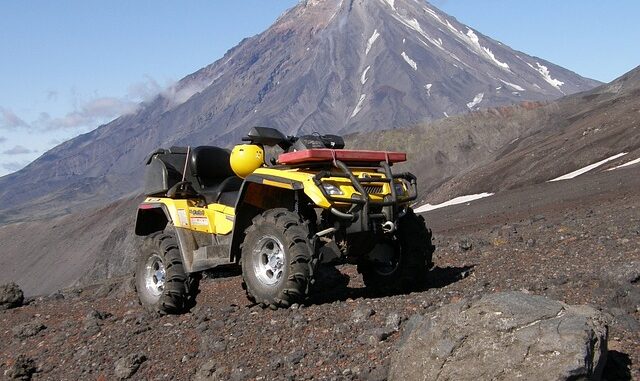
An Arctic Cat 400 that won't start refers to a situation where the vehicle's engine fails to ignite and initiate its usual start-up process. This problem can manifest in several ways, such as the engine cranking but not starting, the motor turning over but failing to start, or simply no response when attempting to activate the engine and fire it up. When faced with this frustrating issue, it's essential to identify the underlying causes to resolve it promptly and get your Arctic Cat 400 back on the trails. Below are four common reasons why an Arctic Cat 400 won't start:
1. Fuel Issues
One of the primary reasons behind the failure to start an Arctic Cat 400 is fuel-related problems. If the engine is not receiving an adequate supply of fuel, it won't be able to ignite and power up. Several factors can lead to fuel issues, such as a clogged fuel filter that impedes the flow of gasoline into the engine, a malfunctioning fuel pump that fails to deliver the required pressure, or the presence of bad fuel in the tank, which can cause combustion problems. To address fuel issues, it's important to inspect the fuel lines, replace the fuel filter if needed, and ensure that the fuel in the tank is clean and fresh.
2. Electrical Problems
Electrical malfunctions can also prevent the Arctic Cat 400's engine from starting. Faulty spark plugs may result in a weak or nonexistent spark, hindering the combustion process. A dead battery can lead to insufficient power to turn over the engine, making it unable to start. Additionally, loose or corroded electrical connections, including those related to the ignition switch, can disrupt the electrical flow necessary for engine ignition. To troubleshoot electrical problems, check the spark plugs for signs of wear or damage, ensure the battery is fully charged, and inspect all electrical connections for tightness and cleanliness.
3. Airflow Restrictions
Proper airflow is vital for the combustion process in the engine. If there are restrictions in the air intake system, the engine may not receive the required amount of air to mix with the fuel, resulting in starting difficulties. A clogged or dirty air filter is a common culprit for restricted airflow. Regularly inspecting and replacing the air filter can help prevent this issue and ensure smooth engine start-up.
4. Engine Mechanical Problems
In some cases, the inability to start an Arctic Cat 400 could be due to internal engine mechanical problems. Issues such as faulty valves, worn-out piston rings, or a seized engine due to inadequate lubrication can all prevent the engine from firing up. When facing complex engine mechanical problems, it's best to seek assistance from a qualified mechanic who can diagnose and repair these issues effectively.
In conclusion, when your Arctic Cat 400 motor won't start, it can be frustrating and inconvenient. By understanding the common reasons behind this problem, including fuel issues, electrical problems, airflow restrictions, and engine mechanical problems, you can take the necessary steps to troubleshoot and resolve the issue. Regular maintenance and timely inspections are essential to keep your Arctic Cat 400 in optimal condition, ensuring smooth start-ups and enjoyable rides on every adventure.
Be the first to comment